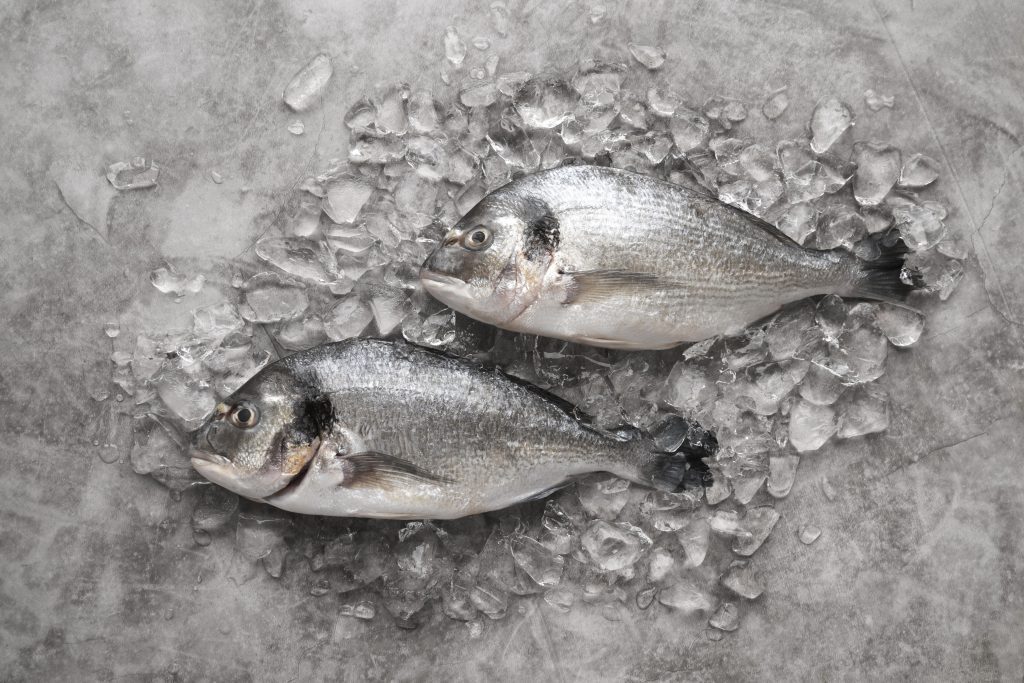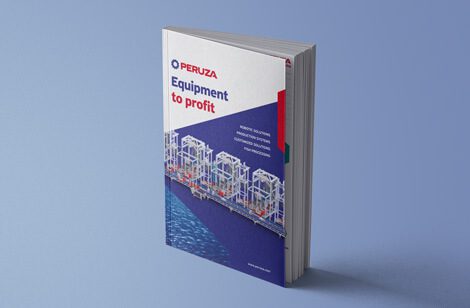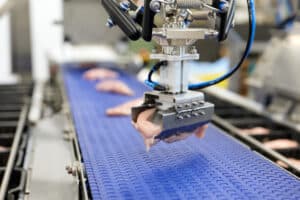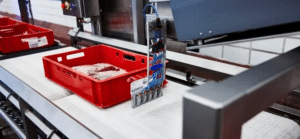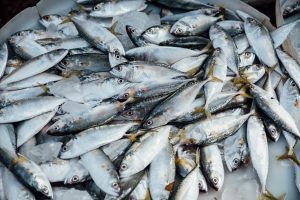Sustainable seafood practices are becoming increasingly important for both the health of our oceans and the long-term success of the seafood industry. Robotic fish packing is one way that seafood processors can contribute to sustainable practices while also improving their bottom line. In this blog post, we’ll explore the benefits of using robotic fish packing for sustainable seafood practices.
Reducing giveaways and waste
First benefit of using robotic fish packing is reduced giveaways by calculating the best combinations – the best destination for each fish. It gives noticeable profits if you calculate the giveaway costs. Even a few grams of overweight reduction for each pack brings significant profits.
Also reducing waste is one of the significant benefits of using robotic fish packing systems for sustainable seafood practices. With manual fish packing, there is a high risk of damage or bruising to the fish during handling, which can lead to significant amounts of waste. In fact, robotic fish packing systems are designed to handle fish delicately and with precision, which reduces the amount of damage that can occur during the packing process
Increased efficiency
Increased efficiency is another benefit of using robotic fish packing systems for sustainable seafood practices. Robotic fish packing systems are designed to pack fish much faster than manual laborers. These systems can process fish continuously and without rest, increasing the speed and throughput of fish processing operations. Robotic fish packing systems can pack fish much more accurately, consistently, and quickly than manual fish packing, which can be labor-intensive and slow. Automation greatly reduces the possibility of human errors and delays brought on by weariness, accidents, or missing work. This means increased productivity and a decrease in the need for manual labor as seafood processing plants can process more fish in less time.
Enhanced food safety
Enhanced food safety is another benefit. With the increasing concerns over food safety and hygiene, the seafood industry needs to ensure that the products are safe for human consumption. Automatic fish packing systems can be designed with hygienic features, reducing the risk of contamination and ensuring that fish products are safe for consumers to eat.
Additionally, robotic fish packing systems can be designed with easy-to-clean surfaces, reducing the risk of bacteria buildup and making cleaning and sanitation easier and more efficient. This not only helps improve food safety practices but also reduces the risk of downtime due to cleaning and maintenance.
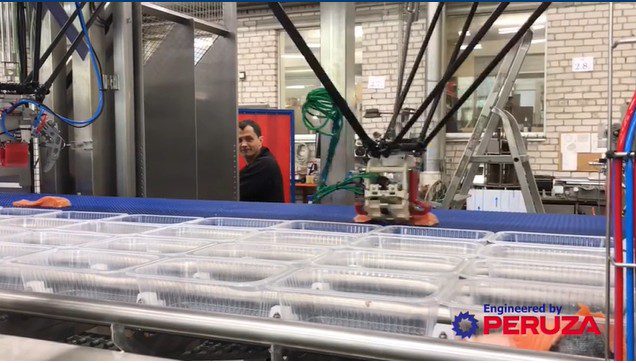
Source: PERUZA
PERUZA’s Reduced giveaway line
The Reduced Giveaway line is specifically designed to automatically place raw fish into plastic trays or boxes, resulting in minimized product giveaways – less than 1 % and increased production capacity.
The line operates by receiving products one by one on the main product conveyor, which can accommodate up to multiple lanes. These products then pass through a 3D dimension recognition and weight calculation unit, which accurately determines the weight of each item. The program then calculates the best destination for the minimal giveaway and sends a signal to the robot equipped with the appropriate gripper to pick up the product and place it into a tray or box to reach the desired final weight range with a minimal giveaway.
For example, if you’re currently producing 8 hours a day, 5 days a week and your product’s overweight percentage is 5% per pack, with a kilo price of 5 euros, implementing a Reduced Giveaway Line would result in an annual cost reduction of 600,000 euros.
Thanks to the advanced technology of the PERUZA Reduced Giveaway Line, production managers can easily adjust the final weight range and line setup via a user-friendly interface. This feature ensures optimal performance and flexibility, allowing manufacturers to quickly and easily adjust their production line to accommodate changes in product specifications or consumer demand.
Overall, the PERUZA Reduced Giveaway Line offers an efficient, accurate, and customizable solution for streamlining the packaging process of raw products, minimizing waste, and increasing production capacity.
To sum up
One of the main benefits is reducing giveaways and also waste, such as manual fish packing can result in a high risk of damage and bruising to the fish, whereas robotic systems can handle fish delicately and precisely. Increased efficiency is another benefit, as robotic systems can process fish faster and more accurately than manual laborers. Enhanced food safety is also a benefit, as robotic systems can be designed with hygienic features and easy-to-clean surfaces.

